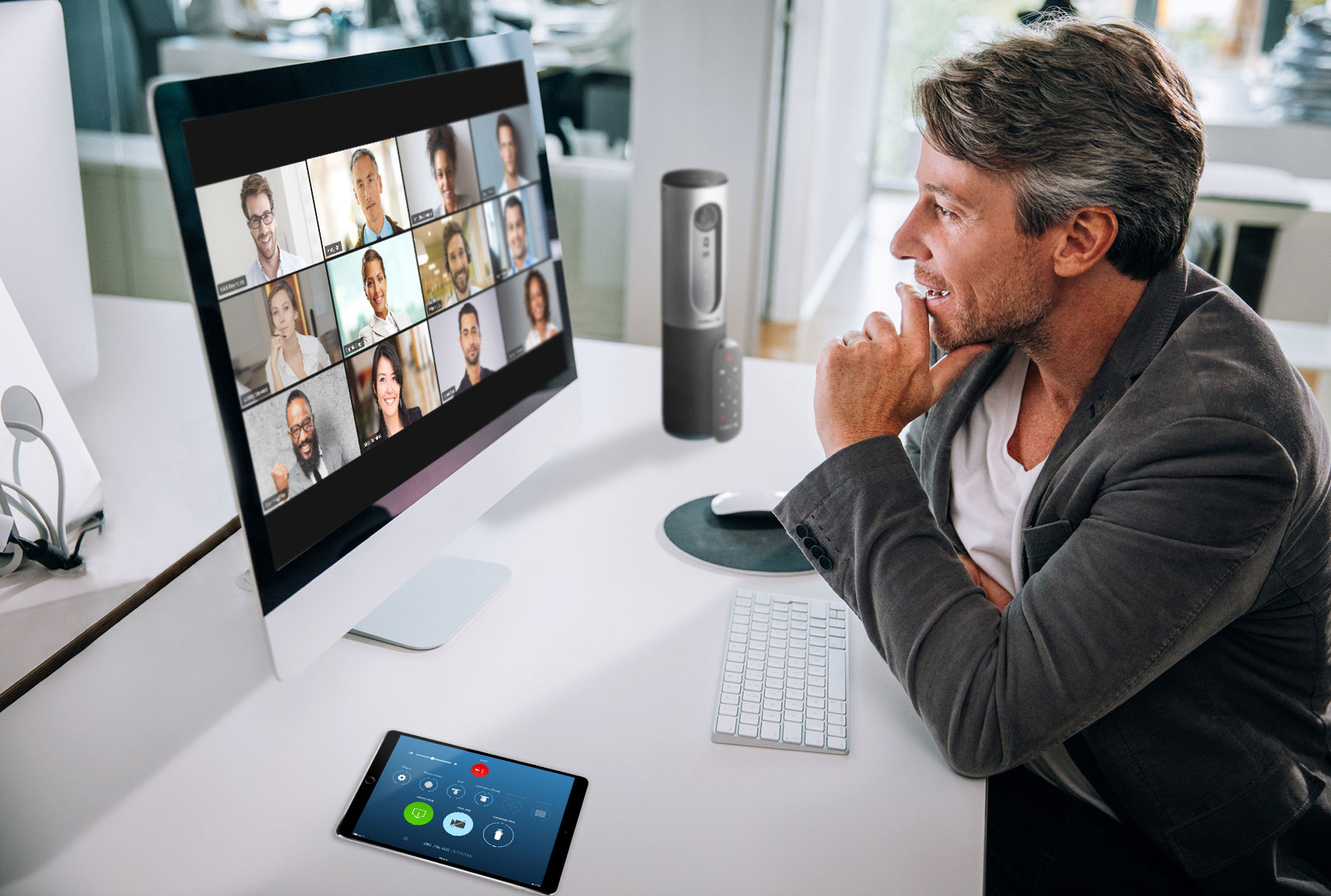Zoom fatigue: What it is and how to deal with it

Are you suffering from a case of Zoom fatigue? You're not alone. While everybody is staying and working from home these days, we've all been using Zoom or another of the best video chat apps to attend meetings, school classes, family reunions and happy hours.
Zoom has experienced enormous growth since social distancing and quarantine regulations have gone into effect during the COVID-19 pandemic. The company recently announced it had surpassed 300 million daily Zoom meeting participants, up 50% from early April. So, yes, a lot of us are using the video conferencing service, but a lot of us are getting tired of Zoom, Zoom, Zoom-ing all day, every day, week after week.
- See the best video chat apps in 2020
- Best Zoom alternatives for video conferencing
- Plus: Zoom just got a killer feature to beat every video call app
"Zoom fatigue" has become a hot topic, with reports on the trend by the Wall Street Journal, BBC and National Geographic. Video calling exhaustion can also be induced by Facetime, Skype, Google Hangouts and other services.
"We are experiencing nonverbal overload," wrote Jeremy Bailenson, a founding director of Stanford University’s Virtual Human Interaction Lab, recently wrote in a column about Zoom fatigue.
Bailenson explained that video chatting has upended the norms of social interaction: "Behavior ordinarily reserved for close relationships — such as long stretches of direct eye gaze and faces seen close up — has suddenly become the way we interact with casual acquaintances, coworkers and even strangers."
For instance, let's you're in a meeting in an office conference room with eight other people. You're not looking directly at all of them at the same time. You might be jotting down notes, typing on a laptop, viewing a presentation deck on a screen or even staring off into space while daydreaming. On Zoom, you're constantly and directly gazing at those eight other people for the duration of the meeting. Not to mention, you're also looking at yourself, which can cause some anxious inner dialogue about your messy hair, resting annoyed face or the dirty dishes in the background.
Plus, with so many little boxes to look at, Zoom gallery view makes it difficult to truly focus on any one person, even the speaker. All that stimuli and constant splitting of your attention can be taxing on your brain.
Get instant access to breaking news, the hottest reviews, great deals and helpful tips.
So is the lack of non-verbal cues, like body language. When you're conversing with someone in person, you pick up on things like their posture, gestures and breathing sounds. When those cues aren't there or are more difficult to discern, our brains have to work harder for us to communicate.
Andrew Franklin, an assistant professor of CyberPsychology at Virginia’s Norfolk State University, told NatGeo, "For somebody who’s really dependent on those non-verbal cues, it can be a big drain not to have them."
Then, add social activities on top of those business or school Zoom sessions. There are happy hours with quarantinis, trivia nights, birthday parties and even Zoom karaoke. Some people are even broadcasting their weddings on Zoom.
In the Before Times, even the most extroverted of social butterflies could easily turn down an invitation by saying they had other plans. Introverts could claim a need for a quiet night at home. It's a different story, now, a quiet night at home is the norm.
“There’s no way you can pass that off as having other plans,” Jaya Saxena, an Eater staff writer, told the MIT Technology Review. "The only excuse is ‘I don’t want to,’ and no one wants to hear that right now."
And when you do show up to a Zoom social event, it can be difficult to figure out what the etiquette is. Is it OK to show up for five minutes and then leave? Do you need to give everyone (even strangers) an update on your well-being? Do you need to ask after theirs?
Mitch Adams, who works for a beer importer, told the WSJ, “The difficult thing is that we are trying to put our normal social cues and how we behave onto these video calls.”
Still, until quarantines are lifted, many of us will continue to stay at home and continue to use Zoom and other video conferencing software to work and socialize. There are ways to mitigate Zoom fatigue, though. Here are some recommendations:
How to deal with Zoom fatigue
Limit video calls to only those that are necessary:
Talk to your boss and colleagues about whether collaboration and discussion can be moved to email or cloud documents.
Turn off your camera for some video calls:
Or just talk on — gasp! — the phone.
Take a break from your screen between virtual meetings:
Take a water-drinking break. Complete a five-minute chore. Go outside for fresh air (with a homemade face mask).
Create a clear boundary between work space and living space:
Use this as a cue for your brain to relax when the work day is over.
Say "no, thanks" or "some other time." It's OK!
Don't feel guilty. You're not the only one experiencing Zoom fatigue; your friends and family will understand if you need a break from video calls. On the flip side, be understanding if someone skips out on a Zoom call you're hosting.
- Check out the best webcams

Kelly is the managing editor of streaming for Tom’s Guide, so basically, she watches TV for a living. Previously, she was a freelance entertainment writer for Yahoo, Vulture, TV Guide and other outlets. When she’s not watching TV and movies for work, she’s watching them for fun, seeing live music, writing songs, knitting and gardening.
